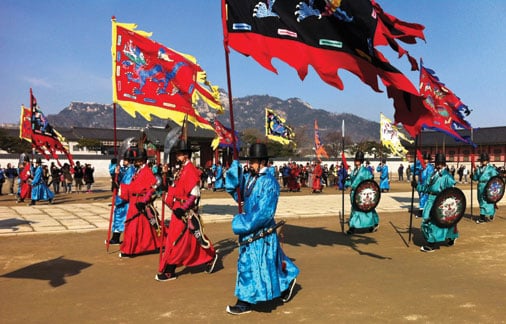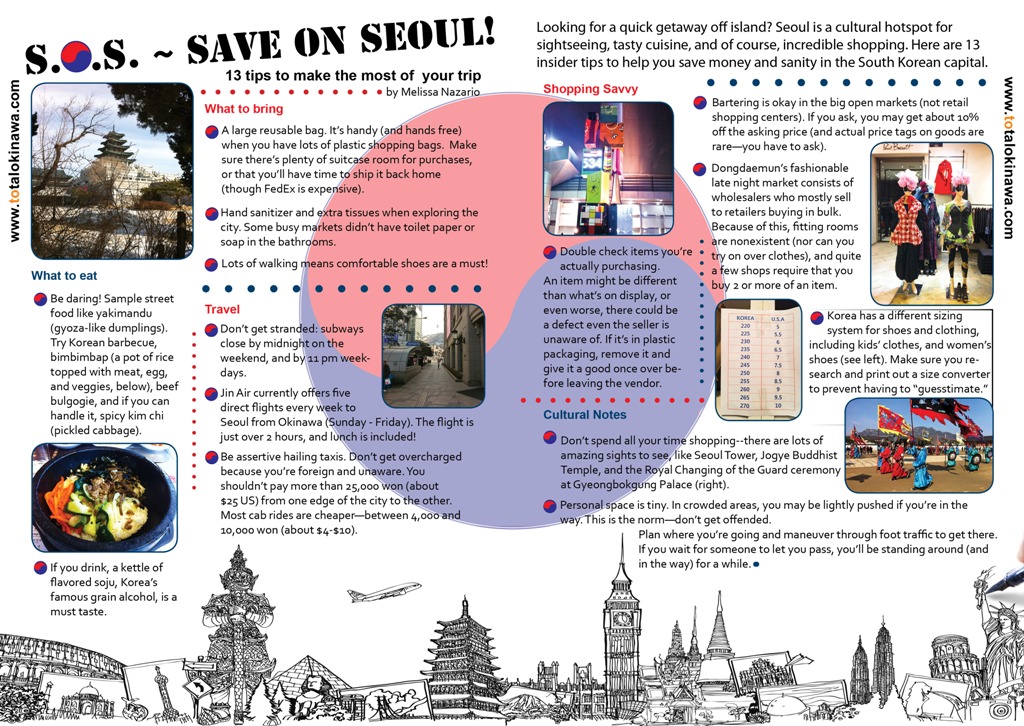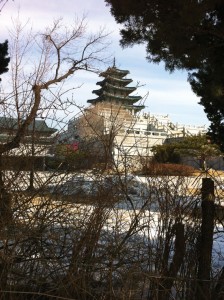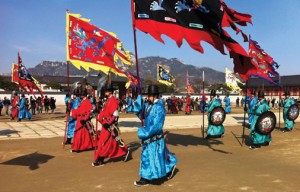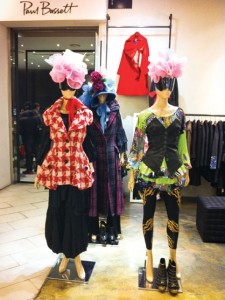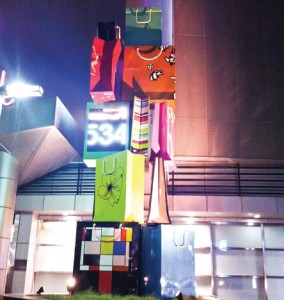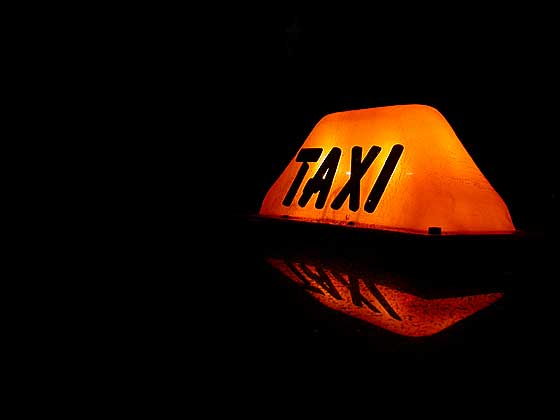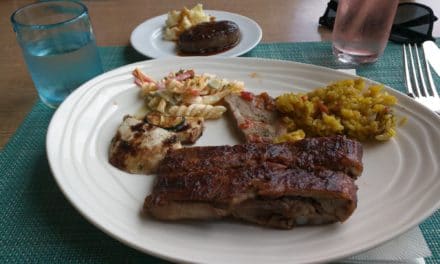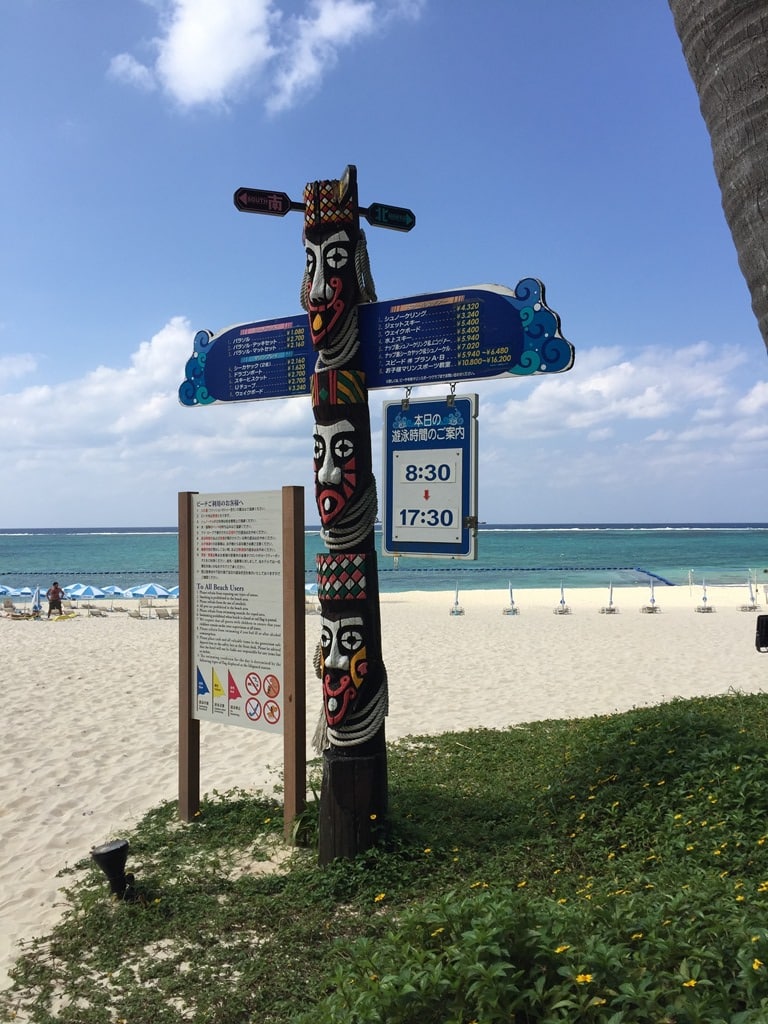Looking for a quick getaway off island? Seoul is a cultural hotspot for sightseeing, tasty cuisine, and of course, incredible shopping. Here are 13 insider tips to help you save money and sanity in the South Korean capital.
13 tips to make the most of your trip
Be daring! Sample street food like yakimandu (gyoza-like dumplings). Try Korean barbecue, bimbimbap (a pot of rice topped with meat, egg, and veggies, below), beef bulgogie, and if you can handle it, spicy kim chi (pickled cabbage).
If you drink, a kettle of flavored soju, Korea’s famous grain alcohol, is a must taste.
What to bring:
A large reusable bag. It’s handy (and hands free) when you have lots of plastic shopping bags. Make sure there’s plenty of suitcase room for purchases, or that you’ll have time to ship it back home (though FedEx is expensive).
Hand sanitizer and extra tissues when exploring the city. Some busy markets didn’t have toilet paper or soap in the bathrooms.
Lots of walking means comfortable shoes are a must!
Don’t get stranded: subways close by midnight on the weekend, and by 11 pm weekdays.
Jin Air currently offers five direct flights every week to Seoul from Okinawa (Sunday – Friday). The flight is just over 2 hours, and lunch is included!
Be assertive hailing taxis. Don’t get overcharged because you’re foreign and unaware. You shouldn’t pay more than 25,000 won (about $25 US) from one edge of the city to the other. Most cab rides are cheaper—between 4,000 and 10,000 won (about $4-$10).
Double check items you’re actually purchasing. An item might be different than what’s on display, or even worse, there could be a defect even the seller is unaware of. If it’s in plastic packaging, remove it and give it a good once over before leaving the vendor.
Bartering is okay in the big open markets (not retail shopping centers). If you ask, you may get about 10% off the asking price (and actual price tags on goods are rare—you have to ask).
Dongdaemun’s fashionable late night market consists of wholesalers who mostly sell to retailers buying in bulk. Because of this, fitting rooms are nonexistent (nor can you try on over clothes), and quite a few shops require that you buy 2 or more of an item.
Korea has a different sizing system for shoes and clothing, including kids’ clothes, and women’s shoes (see left). Make sure you research and print out a size converter to prevent having to “guesstimate.”
Don’t spend all your time shopping–there are lots of amazing sights to see, like Seoul Tower, Jogye Buddhist Temple, and the Royal Changing of the Guard ceremony at Gyeongbokgung Palace (right).
Personal space is tiny. In crowded areas, you may be lightly pushed if you’re in the way. This is the norm—don’t get offended.
Plan where you’re going and maneuver through foot traffic to get there. If you wait for someone to let you pass, you’ll be standing around (and in the way) for a while.
![]()

